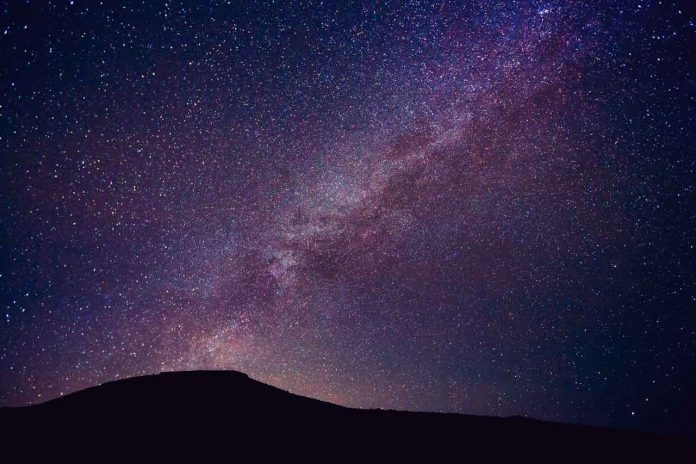Peering into the night sky, it is easy to see why stars have fascinated people for generations. Their pinpoint pricks of light beckon us to understand why they hang quietly in such an expanse. It is hard not to look up at them and contemplate your own existence as well as wonder: who else is up there?
Every civilization has done it since the beginning of time. We are no different.
But while the sky keeps its secrets well-hidden and we can’t understand all its mysteries, we can understand what we are seeing and recognize the same patterns used by millions of star-gazing generations who came before us.
All it takes is a little education.
The Greeks were pioneers of astronomy. They named stars and noted their positions. These constellations have connected centuries of people since. Early explorers used them to navigate new lands. Seafarers relied on them to understand what direction they were headed. No matter what we don’t understand, when we look into the sky, we can always find the same constellations our ancestors did hundreds of years ago.
Here are three easy-to-find constellations that you can identify as you stare into the night sky.
Big Dipper/Ursa Major
The Big Dipper, which is part of the Ursa Major or Big Bear constellation, can be seen year-round in the northern hemisphere. The Big Dipper is created by a four-star box and a three-star tail. The cup part of the dipper forms the back of the bear’s head. From there, the handle is the head and neck of the Great Bear. His front legs extend down from the cup’s bottom right corner on either side of his body.
Little Dipper/Ursa Minor
The Little Dipper is the easiest to find because it houses Polaris, or the North Star, which many people consider easy to spot. Find the two stars that form the right side of the dipper’s cup and follow a straight line due north until you see the brightest star, Polaris, which is at the end of the Little Dipper’s handle. Ursa Minor, or little bear, is part of this as the North Star is the end of his tail. From there, you can see four stars in a box-like shape, with a three-star tail.
Orion
Orion, or the hunter, is easy to spot. In the northern hemisphere, find three equally spaced and equally bright stars. These stars, Rigel, Betelgeuse, and Bellatrix, make up Orion’s belt. Betelgeuse is the bright star that forms the hunger’s armpit. If you follow that east, you will come to the hunter’s arm, which is holding a bow. Other stars form the rest of the top of the hunter’s body, and the nearby cluster of stars represents Orion’s sword.
These descriptions will make more sense if you Google pictures of them online. There are also many apps that can help you find these and other constellations by using your phone.
Next time you are sitting outside on a clear night, get outside. If you have a pergola in your backyard with a retractable canopy and live in an area where it is dark enough to see the stars, grab a chair, pull back the retractable canopy, and lookup. See what constellations you can find and think about how they came to be.
By doing so, you will be connecting yourself to the ancients who did the same thing long, long ago.




